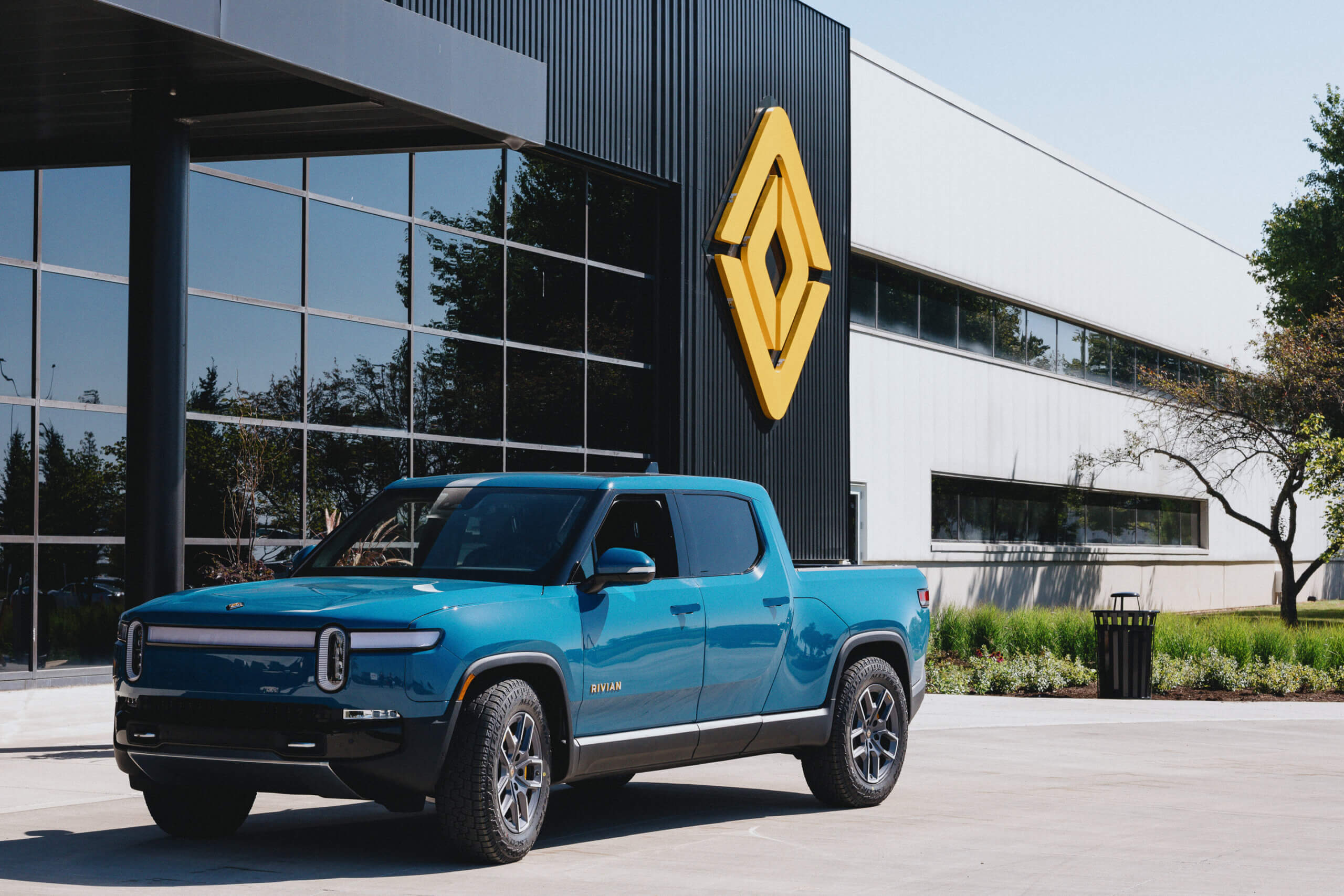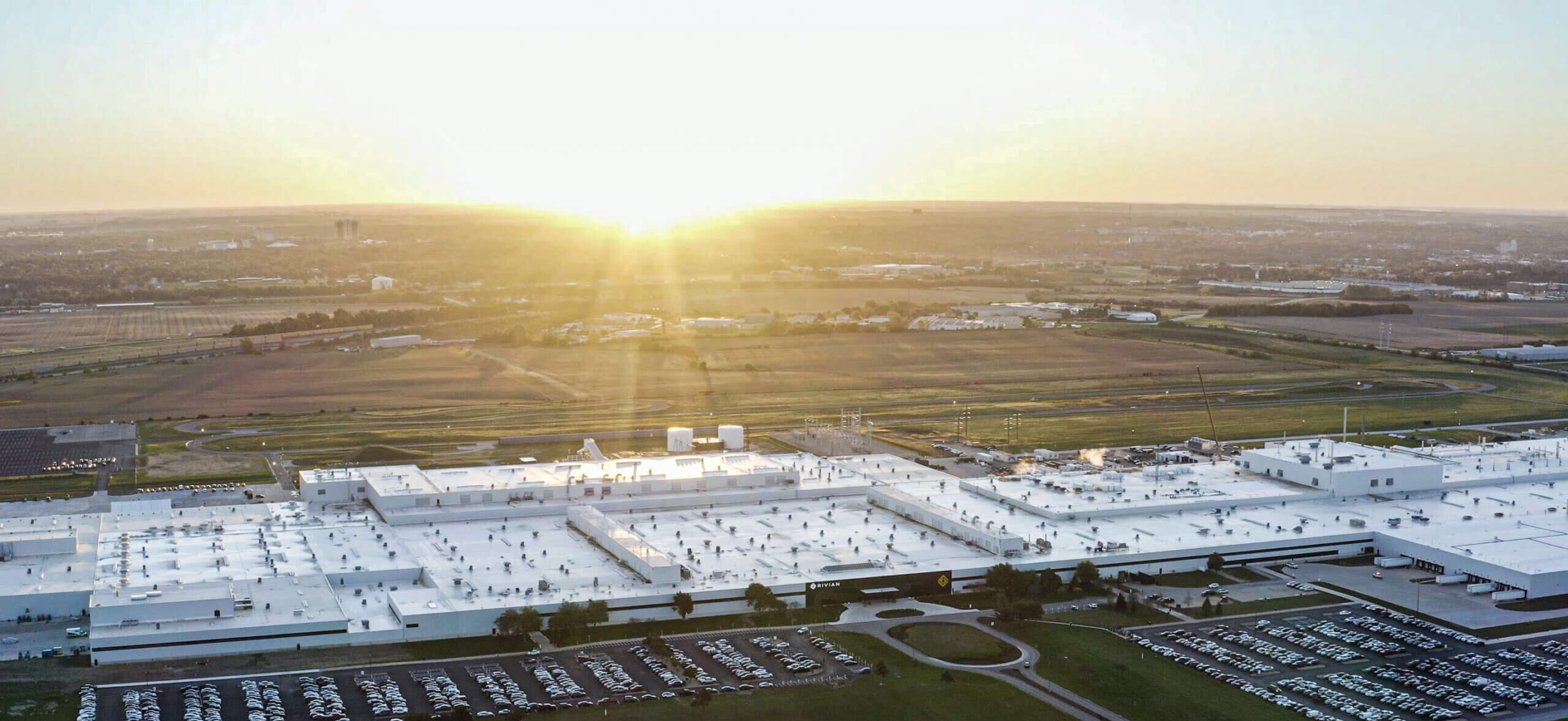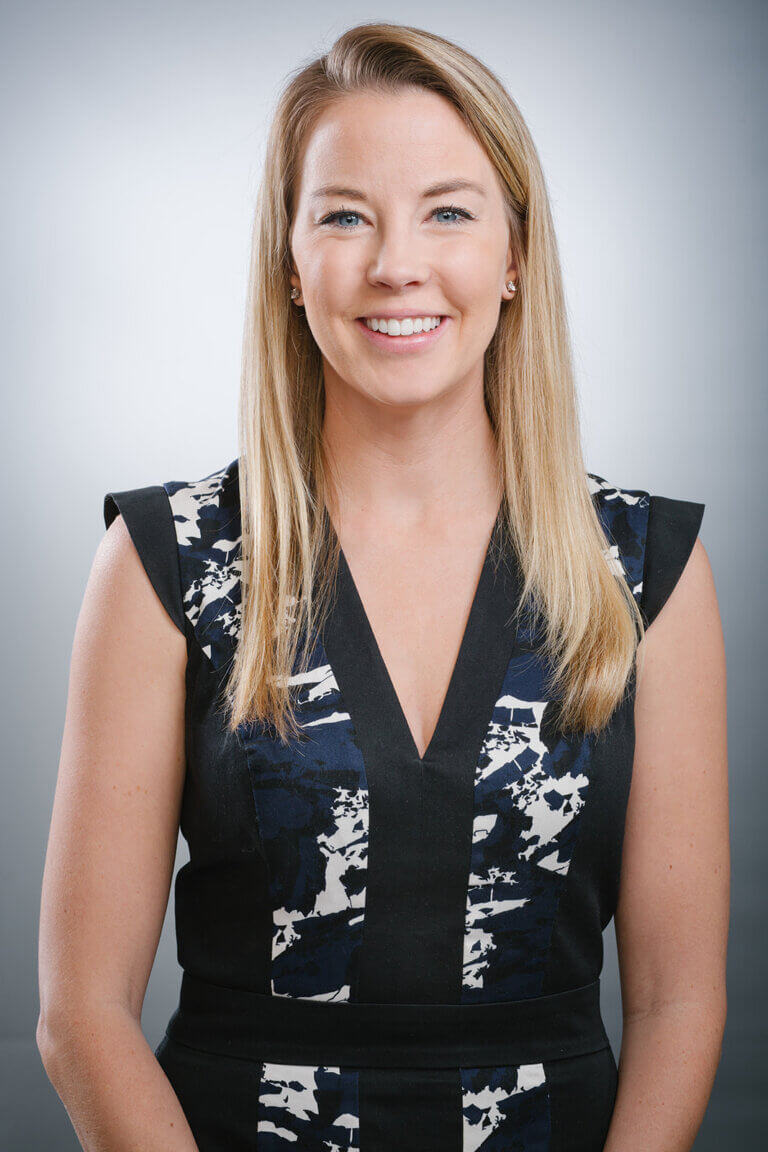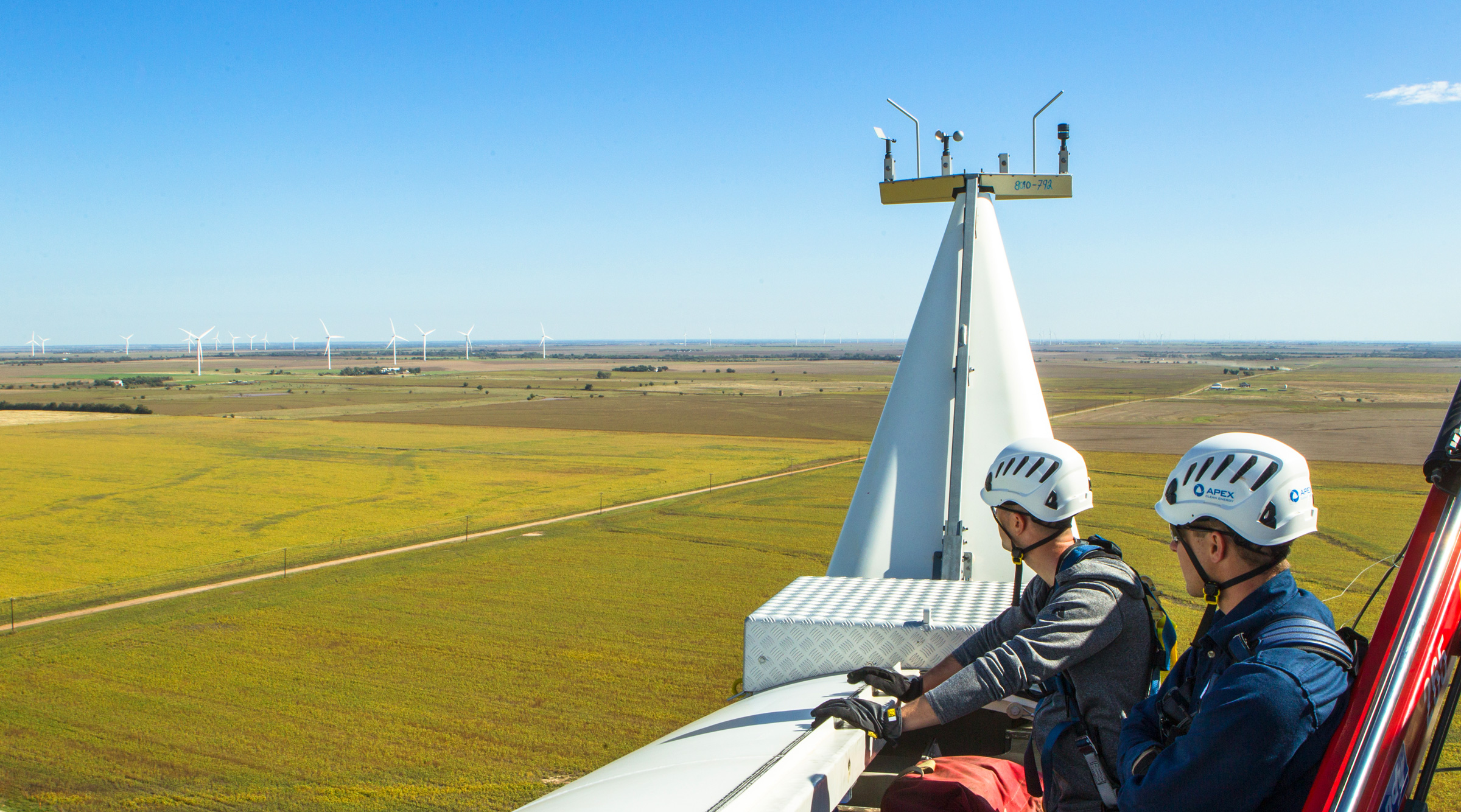Driving System-Wide Decarbonization
Going Beyond the Megawatt: A Conversation with Rivian’s Andrew Peterman and Coley Girouard
Today, a record number of corporations are helping decarbonize the electric grid through investments in clean energy. With decreasing costs and strong consumer demand around renewable power as motivation, many companies are already meeting net-zero targets or will in the coming decade. And for some, the mission alignment with the renewable energy industry is so strong that their power purchases support the decarbonization of different levels of our economy—including, in the case of Rivian, a leading electric vehicle manufacturer, one of the most carbon-emitting sectors: transportation.
Like Apex, Rivian recognizes that both individuals and entire industries have a role to play in the energy transition—and that through intentional partnerships, companies can reduce their carbon footprints while also benefiting communities, economies, and environments. In late 2022, Apex and Rivian announced the EV maker’s first large-scale power procurement for 50 megawatts of electricity from a proposed Apex wind farm in Illinois. Andrew Peterman, Rivian’s director of renewable energy (below left), and Coley Girouard, senior program manager, utility and renewable energy, spoke with Apex’s senior director of marketing and communications, Cat Strumlauf.


Given Rivian’s core business, how imperative is the greening of our electric grid? What do you see as the next frontier—or challenge—in this area?
We believe in developing energy solutions and services that not only serve our direct operations, but also serve our customers, suppliers, and communities. Allowing emissions to shift from tailpipes to power plants is an incomplete fix from a climate point of view. Rivian has both an opportunity and a responsibility to drive system-wide decarbonization and is uniquely positioned to use our vehicles, network, and technologies to develop integrated, advanced energy solutions to drive this change that future generations deserve. Our responsibility at Rivian extends to supporting and accelerating the deployment of energy solutions to ensure our vehicles can charge on a carbon-free grid. To have the biggest system-wide impact, especially as a relatively new company, it is important to amplify our voice by working with other leading companies, utilities, and policymakers to take collective action and develop solutions to make it easier for our customers to aid in and accelerate this transition.
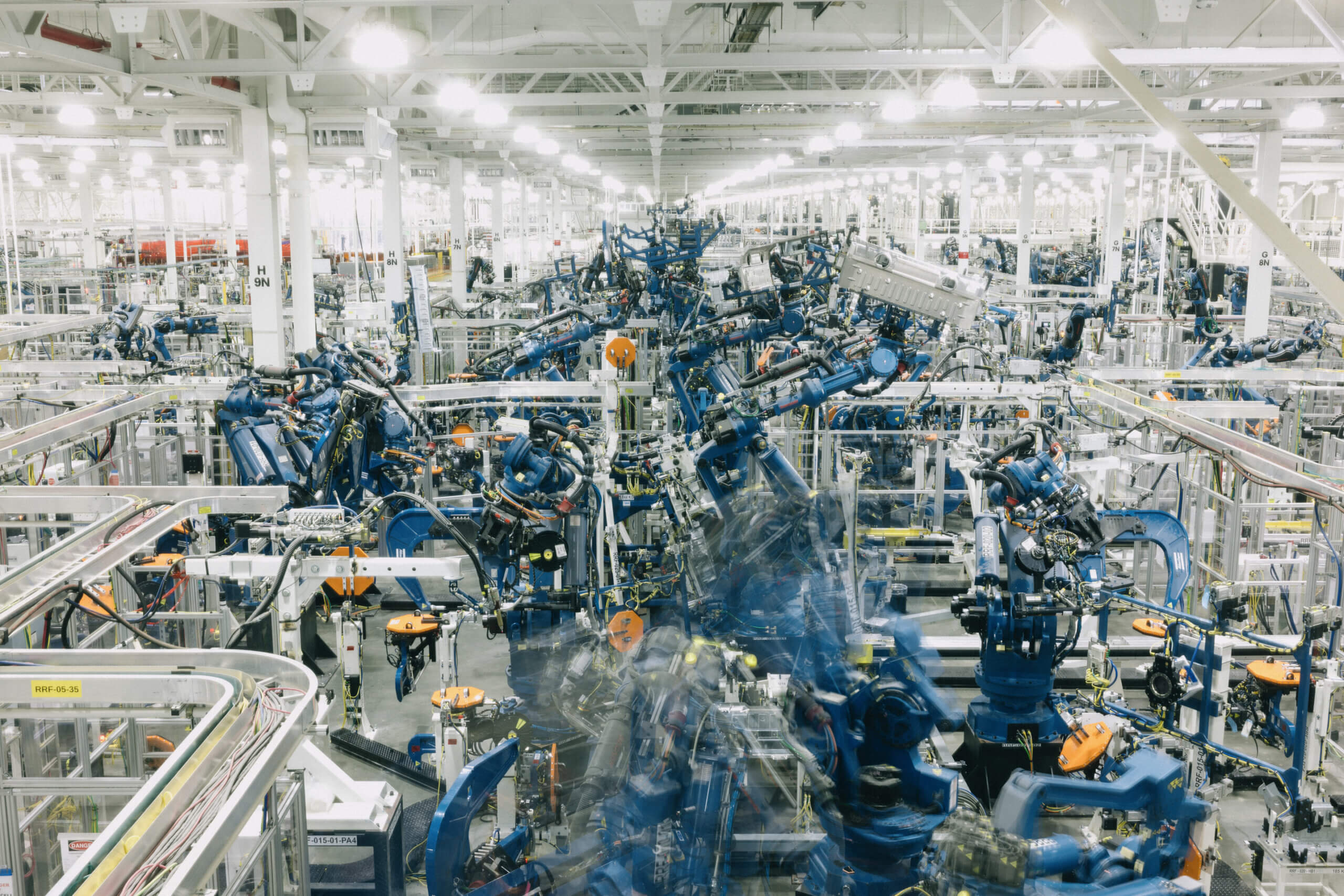
How has Rivian’s approach to clean energy evolved over the years?
Rivian exists to create products and services that help our planet transition to carbon-neutral energy and transportation, and as such we are investing in onsite renewable energy to support our pathway to profitability and to contribute to our climate objectives. In places where we see economic and climate benefits, Rivian aims to maximize onsite renewable energy systems (e.g., rooftop solar), leveraging low-carbon building materials, implementing efficiency strategies that minimize our facilities’ energy use intensity, and electrifying all building systems. Last year, Rivian announced plans for a large-scale wind turbine at its Normal manufacturing campus. The Apex team has been instrumental in supporting Rivian in this development.
The turbine is designed for a capacity of at least 2.8 megawatts and to be capable of generating nearly 10 million kilowatt-hours of electricity a year—enough to power 890 average U.S. homes. Over its 25-year lifetime, it could avoid around 177,000 tons of carbon dioxide–equivalent emissions—equal to taking roughly 34,000 internal-combustion engine vehicles off the road for one year. In addition, at the plant’s outbound charging yard, Rivian installed a 783-kilowatt solar canopy that started generating electricity last summer. The wind and solar projects support the company’s long-term renewable energy vision of developing high-impact projects that reduce the costs of our operations, reduce Rivian’s carbon footprint, and drive system-wide benefits for customers, communities, and the electrical grid.
Rivian is just starting on our energy journey, giving us the unique opportunity to define our sourcing strategy through a first-principles approach. As we embark on this journey, the resonating undercurrent throughout is to prioritize impact by catalyzing growth in places that need it most.
Rivian factory
When it comes to clean power procurement, how is Rivian modeling an innovative approach by looking at projects that go beyond the megawatt?
Our approach brings solar and wind energy to parts of the country where new renewable development has the greatest potential to maximize system-wide carbon reductions. The overarching theme for our approach is to look beyond traditional considerations toward solutions that consider other important co-benefits, such as climate, conservation, and community impact. When approached thoughtfully, we believe we can build a diversified portfolio that optimizes economic value while ensuring our investments can positively benefit the communities in which they operate. Early results have been promising. We have found that we don’t need to make tradeoffs and that taking a more holistic view of a project—including looking at environmental impact and social acceptance—can be beneficial by reducing project development risk and accelerating approval processes.
We’ve started to build out a robust portfolio of high-impact renewable projects, adhering to a rigorous set of sourcing principles that ensure that the benefits of renewable energy extend beyond just the megawatts deployed to also support local communities, economies, and conservation efforts. As an example, in December 2022, Rivian announced the signing of our first power purchase agreement for 50 megawatts of electricity from an Apex wind farm in Illinois, which is expected to come online in 2024. As Rivian’s first large-scale procurement, the agreement supports the company’s long-term vision of enabling high-impact renewable energy projects that reduce its carbon footprint while also benefiting customers, communities, and the electrical grid. This purchase, along with other renewable sourcing and onsite generation, will allow Rivian to power as much as 75% of its Normal, Illinois, plant operations with carbon-free energy on an hourly basis and, crucially, generate cost savings for plant operations. The PPA will also contribute to the company’s commitment to power its Rivian Adventure Network and Waypoints charging with 100% renewable energy. Importantly, this is Rivian’s first major renewable energy purchase and a critical investment in Illinois—supporting homegrown jobs, economic development, tax revenues, and clean energy in the Prairie State.
How can other companies incorporate equity and community impact into their decision-making around renewable investment?
There is a growing recognition in the market that equity and climate impact considerations are vital to a project’s success. There are a few resources out in the market today that demonstrate how industry leaders are making these decisions. Rivian has been working on a project over the past year with a global nonprofit that, when released, will outline how we evaluate projects with the goal of helping other companies utilize similar approaches.
Why does additionality play a key role in Rivian’s renewable energy procurement?
Our North Star is how we can make an impact. Through this lens, the concept of additionality is critical. One of our main sourcing principles is that our participation in a project materially result in a project’s development or continued operation and not merely be sourced from an existing project with an existing offtaker. We see a breadth of opportunities for companies to drive meaningful impact through renewable energy procurement along the spectrum of this concept of additionality.
